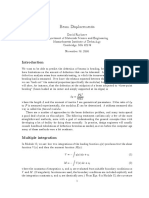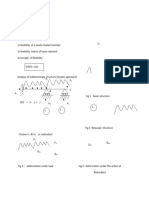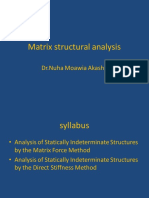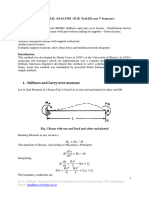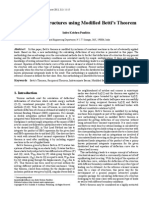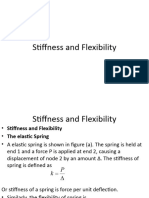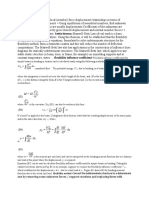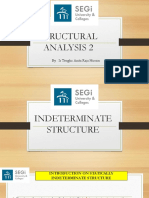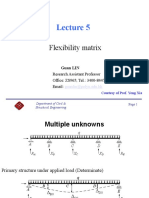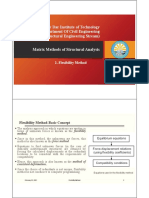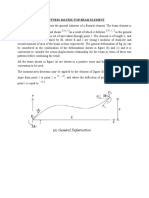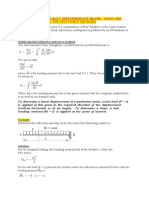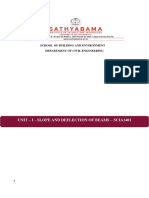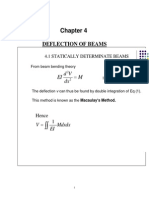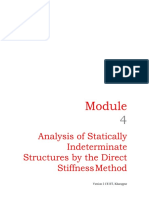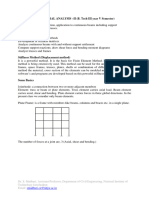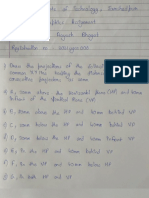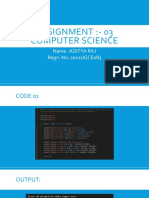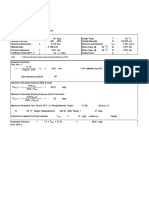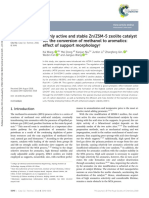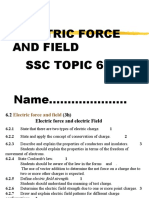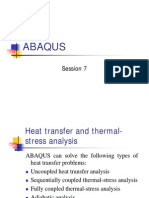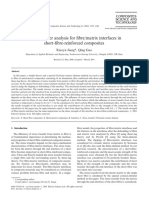0% found this document useful (0 votes)
72 views19 pagesFlip Class Flexibility Method
1) The document discusses flexibility and stiffness methods for analyzing indeterminate beams and frames.
2) Flexibility is defined as the deflection or rotation from a unit force or moment.
3) The flexibility method (also called the force method) involves developing a flexibility matrix to identify redundant forces and then estimating support reactions.
4) Stiffness methods are now more commonly used and several software programs have been developed using this approach.
Uploaded by
PRIYANSHU VATSCopyright
© © All Rights Reserved
We take content rights seriously. If you suspect this is your content, claim it here.
Available Formats
Download as PDF, TXT or read online on Scribd
0% found this document useful (0 votes)
72 views19 pagesFlip Class Flexibility Method
1) The document discusses flexibility and stiffness methods for analyzing indeterminate beams and frames.
2) Flexibility is defined as the deflection or rotation from a unit force or moment.
3) The flexibility method (also called the force method) involves developing a flexibility matrix to identify redundant forces and then estimating support reactions.
4) Stiffness methods are now more commonly used and several software programs have been developed using this approach.
Uploaded by
PRIYANSHU VATSCopyright
© © All Rights Reserved
We take content rights seriously. If you suspect this is your content, claim it here.
Available Formats
Download as PDF, TXT or read online on Scribd
/ 19



